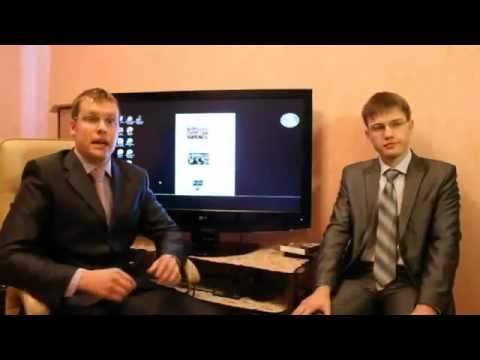Exchange Traded Funds Structures Mechanics and Investment Applications Creating Redeeming
Post on: 2 Июнь, 2015 No Comment

Location:
Prague, NH Hotel Prague
- Introduction to ETFs
- Physical and Synthetic ETFs
- Leveraged and Inverse ETFs
- Creating, Redeeming, Pricing and Trading ETFs
- Using ETFs to Reduce Deposit Outflows
- Five Steps to Successful Investing with ETFs
- Asset Allocation and Portfolio Management with ETFs
- Core-Satellite and Upside-Down Investing with ETFs
- ETF Risk Management and Regulation
A two-day practical course that will give you a solid foundation for successful investing with ETFs
The purpose of this unique, 2-day course is to give you a thorough introduction to the rapidly evolving world of ETFs and a good understanding of how these instruments can be used successfully for investing purposes. The course is highly relevant to institutional investors as well as to banks, brokerage firms and other providers of ETFs or ETF-related services.
We start with a general introduction to ETFs. We review the historical developments and we give an overview of different ETF types and legal structures. We thoroughly explain how ETFs are created, priced and traded. As a special case study, we also show how providing ETFs can be an interesting funding alternative for banks that are looking for ways to reduce potential deposit outflows and thereby help them manage the so-called Basel III “Liquidity Coverage Ratio”, which will be phased in from 2015.
We shall look at “physical” as well as “synthetic”, “inverse” and “leveraged” ETFs. We carefully explain their differences, advantages and disadvantages, illustrated by practical examples and case studies.
Further, we explain how ETFs can be used effectively for investing purposes. We explain discuss the sources of ETF returns, and we demonstrate how ETFs can be fitted into an overall asset allocation strategy. We also give examples of how these instruments can be used to implement specialized investment strategies such as “enhanced indexing”, “core-satellite”, “upside-down” and “negative duration” investing.
Finally, we explain how ETF risks can be measured and managed. We give an overview of the different types of risks and, using a comprehensive case study, we explain and illustrate how these risks can be managed at the portfolio level, and form an investor as well as a provider perspective. We also give an overview of regulatory developments and we discuss their possible implications for investors, providers and other market participants.
09.15 — 12.00 Introduction to ETFs
- What is an “Exchange-Traded Fund”?
- The Rationale for ETFs
- ETF Legal Structures
- Physical vs. Synthetic ETFs
- ETFs Compared to Mutual Funds
- Legal structures
- Performance














